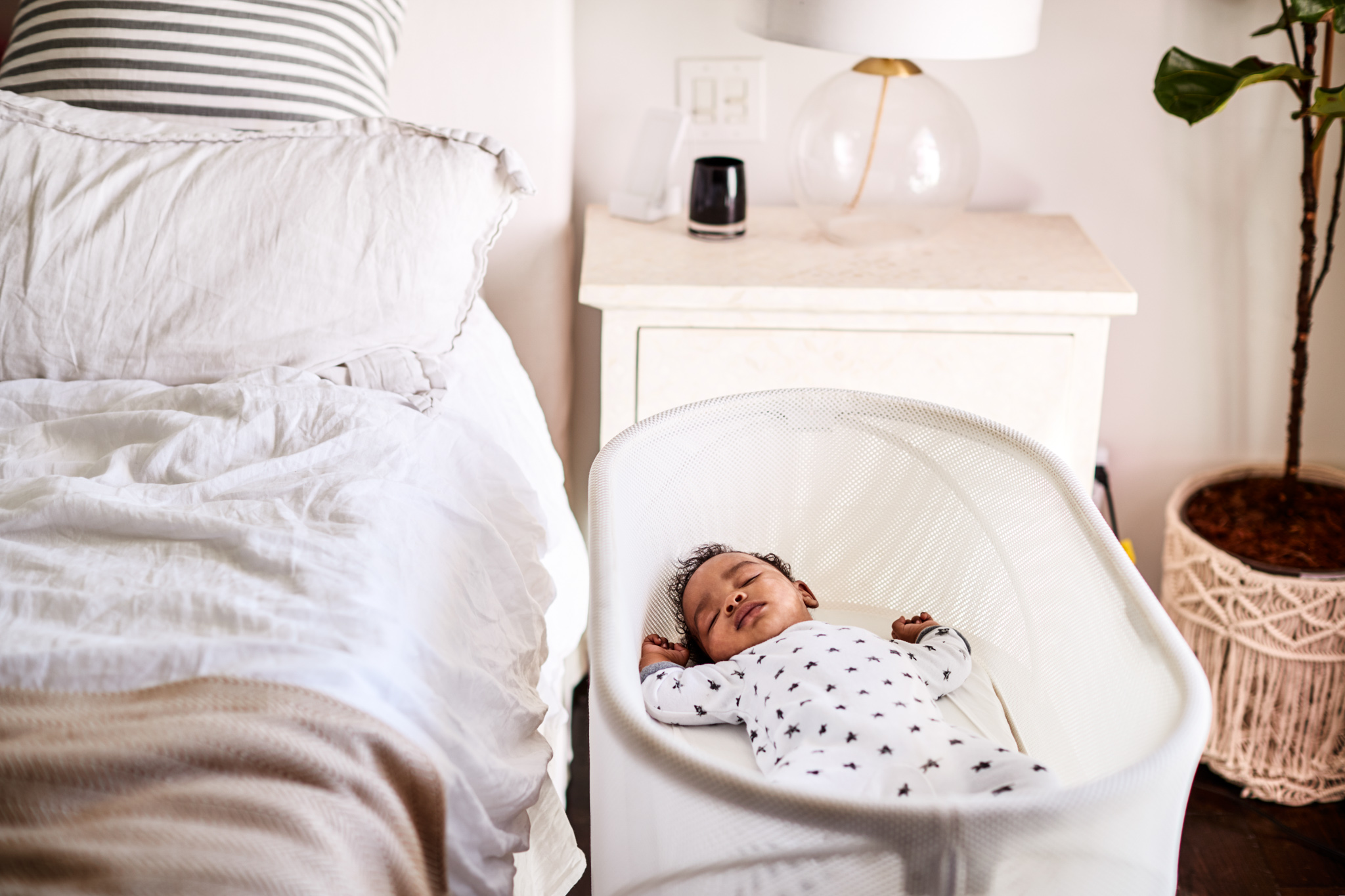There’s a lot to think about as a new parent, but nothing more important than keeping your baby happy and healthy. One of the biggest concerns we hear about from new parents and caregivers is SIDS, which stands for Sudden Infant Death Syndrome. Fortunately, there are several ways you can help lower the risk of SIDS by providing your baby with the safest environment and care possible.
What is SIDS?
According to the National Institutes of Health (NIH), SIDS is the sudden, unexplained death of a baby younger than 1 year of age that doesn’t have a known cause even after a complete investigation. SIDS is the leading cause of death among babies between 1 month and 1 year old.
Ways to Reduce the Risk of SIDS:
The NIH has identified the following steps to help reduce the risk of SIDS and other sleep-related causes of infant death:
- Always place baby on his or her back to sleep, for naps and at night.
- Use firm and flat sleep surfaces, such as a mattress in a safety-approved crib, covered by a fitted sheet with no other bedding or soft items in the sleeping area.
- Breastfeed your baby.
- Consider sharing your room with the baby. Keep baby in your room close to your bed, but on a separate surface designed for infants, ideally for baby’s first year, but at least for the first 6 months.
- Do not put soft objects, toys, crib bumpers or loose bedding under baby, over baby, or anywhere in baby’s sleep area.
- Do not smoke during pregnancy, and do not smoke or allow smoking around your baby or in your baby’s environment.
- Consider giving your baby a pacifier for naps and nighttime sleep. It’s important, however, to wait until breastfeeding is well established (often by 3 to 4 weeks) before offering a pacifier.
- Be mindful of the temperature, and don’t let your baby get too hot during sleep.
- Dress your baby in sleep clothing, such as a wearable blanket. Do not use a loose blanket, and do not over-bundle.
- Give your baby plenty of tummy time when he or she is awake and someone is watching.
- Be mindful of risk factors for SIDS.


